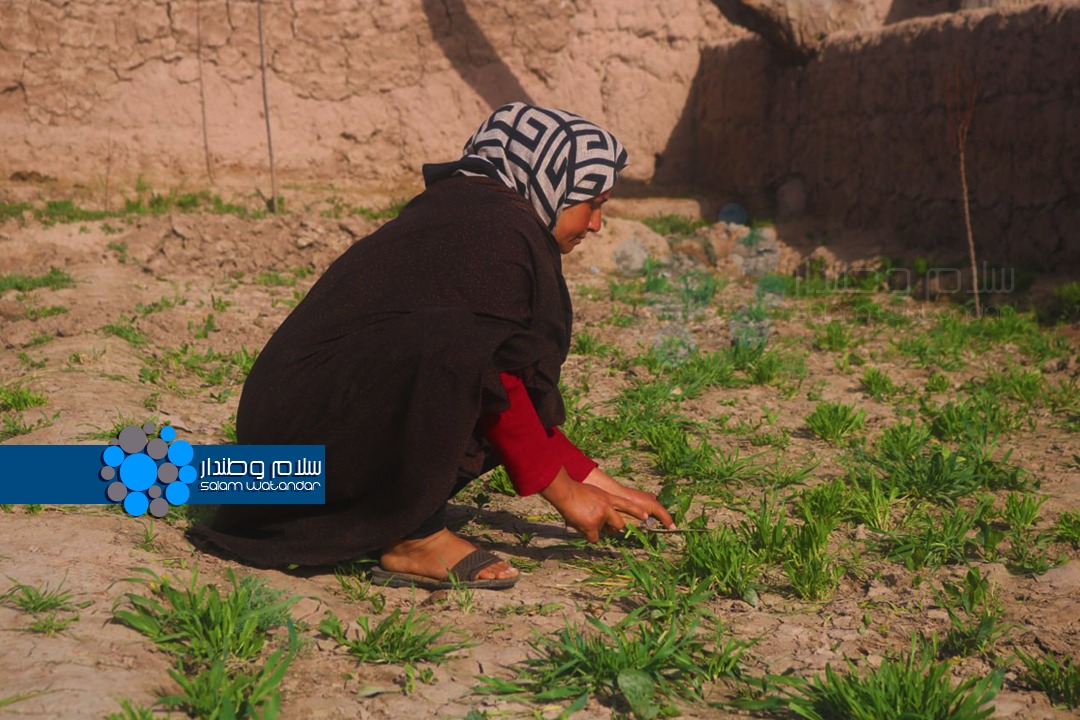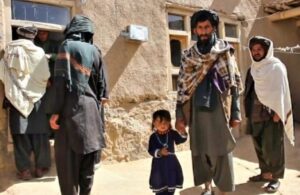HERAT CITY (SW) – In the rural villages of Herat, Afghanistan, a silent revolution is underway as women take charge of their economic destinies through vegetable cultivation.
Some of these women say that agriculture has become their sole source of income. They add that although they have not received formal training in agriculture, however they are able to provide for the nutritional and non-nutritional needs of their families through this means.
Sima, a resident of Injil district of Herat, says she learned agriculture from her father and has been engaged in this sector on this side for six years. “I grow eggplants, okra, spinach, and watermelons; I sell half of them and my neighbors buy some from me. I manage to provide for my children’s expenses through this method.”
Sima adds that alongside her, many other women in this district are busy working in agricultural fields from morning till evening. “This is a rural area; many women are engaged in gardening, animal husbandry, and agriculture. Some are without husbands and some have their husbands in Iran, but many others work in agriculture alongside their husbands because they have no other jobs.”
Bibi Gul, another resident of Injil district, also says, “No one has given us any training so far. I saw the planting method from childhood like my father who used to plant, we used to go with them, and now we plant in the same way.”

These women ask the de-facto government to provide opportunities for them to learn standardized agricultural methods and marketing strategies for their products to improve their work and increase their income.
On the other hand, Bashir Ahmad Ahmadi, the promotion officer of the Directorate of Agriculture, Irrigation, and Livestock of Herat, says they are working to support women engaged in agriculture by launching training programs in the ongoing year.
He adds, “We have about 20,000 farming families in these few districts. When we say farming families, it includes women who work in agriculture and animal husbandry; but the exact number of women engaged in agriculture in the districts of Herat is not available.”
According to local officials in Herat, this province has the highest agricultural production in Afghanistan, with over 256,000 families engaged in agriculture and animal husbandry.






